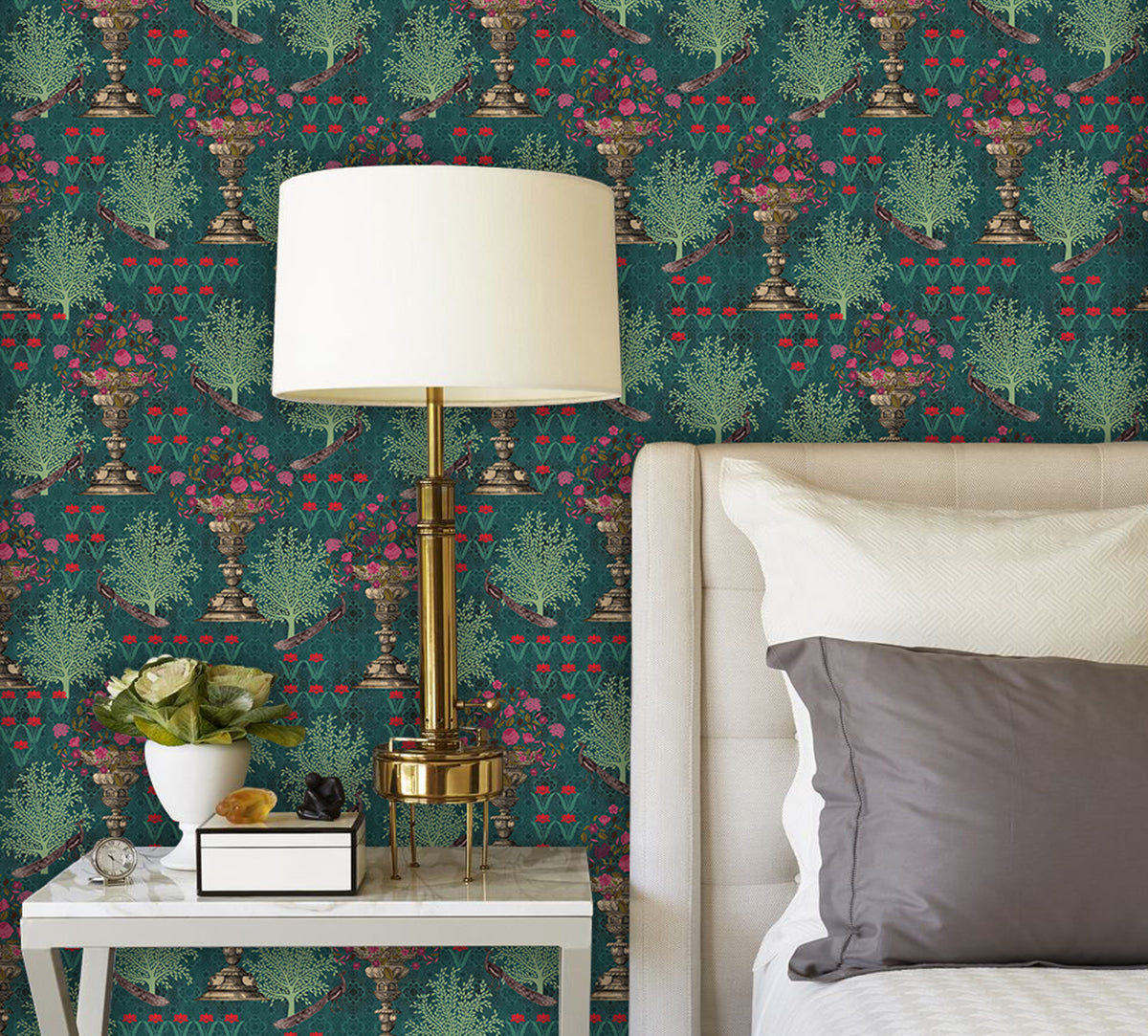Chikan embroidery is a traditional form of embroidery that originated in Lucknow, India. It is known for its delicate and intricate white threadwork on fine muslin or other fabrics. Chikan embroidery has a rich history and has undergone various adaptations over time.
History

Chikan embroidery dates back to the Mughal era in the 17th century. It was introduced by Nur Jehan, the wife of Emperor Jahangir, who was a patron of the arts. The embroidery technique was initially used to embellish the garments of the royal family and the nobility.
Chikan embroidery was traditionally done using white cotton thread on sheer fabrics like muslin, which were ideal for the hot climate of the region. The designs were inspired by nature and included motifs such as flowers, leaves, vines, and birds. The embroidery was primarily done by hand using techniques like shadow work, jaali (net) work, and zardozi (metallic thread) work.
Adaptations

Over time, Chikan embroidery has evolved and adapted to changing fashion trends and customer preferences. Some of the notable adaptations include:
- Colorful Threadwork: While Chikan embroidery was traditionally done using white thread, contemporary adaptations have introduced a wide range of colors. Embroiderers now use vibrant threads to create colorful designs, catering to the demand for more diverse and modern aesthetics.
- Fusion with Other Techniques: Chikan embroidery has been combined with other embroidery techniques, such as mirror work, beadwork, and sequin work, to add embellishments and create unique designs. This fusion of techniques has resulted in a blend of traditional and contemporary styles.
- Exploration of Fabrics: While muslin remains a popular choice for Chikan embroidery, artisans have started experimenting with a variety of fabrics. Chikan embroidery can now be seen on fabrics like silk, chiffon, georgette, and organza, expanding the range of garments and accessories that can be adorned with this embroidery.
- Diversification of Products: Chikan embroidery has expanded beyond traditional garments like sarees, salwar suits, and kurtas. It is now found on a wide range of products, including home furnishings, accessories like bags and scarves, and even footwear. This diversification has opened up new avenues for artisans and increased the reach of Chikan embroidery.
- Technological Advancements: While Chikan embroidery is still predominantly done by hand, technological advancements have made their way into the process. Embroidery machines are now used to replicate intricate Chikan patterns, enabling faster production and consistency in design. However, handmade Chikan embroidery is still highly valued for its craftsmanship and authenticity.
Chikan embroidery has a rich history and has adapted to contemporary demands while preserving its traditional techniques. It continues to evolve, incorporating new styles, colors, fabrics, and applications, making it a cherished art form both in India and around the world.







Leave a comment
Please note, comments need to be approved before they are published.